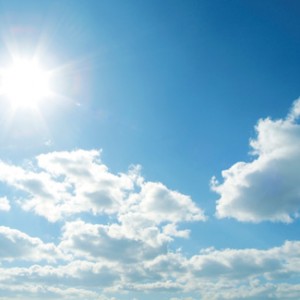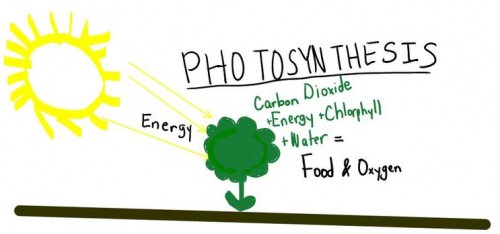Photosynthesis is a natural chemical and biological process that plants and some other types of organisms engage in to create energy that powers their growth and activity. While many people associate the act of photosynthesis with plants, it is also common to bacteria and algae. The process of generating energy through photosynthesis requires that an organism draw its energy from the sun and convert that energy into a fuel that it can use. Without this process, plants would not be able to grow. It is one of the most basic natural functions and it happens in a process that is fairly straightforward and easy to understand.
How Does Photosynthesis Work?
In order to understand the basic nature of photosynthesis, one must first understand that the sun is constantly producing a massive volume of electromagnetic energy. Although much of this energy does not actually penetrate the atmosphere, that which does is necessary for the survival of the organisms of this planet from the complex to the single celled, both flora and fauna.
Photosynthesis happens when a plant absorbs wavelengths of light from the sun. The plant absorbs the red and blue wavelengths of light from the spectrum that the sun produces. The plant appears green to the human eye because it does not absorb the green wavelength from the spectrum. The process of photosynthesis takes place in the chloroplast. A chloroplast is an organelle that is found within a plant cell. It contains the material chlorophyll, which is what enables the plant to retain the energy distributed by the sun. Chloroplasts work constantly to ensure the optimum function of a plant. When the chloroplast collects energy molecules, it moves them to an area of the plant cell called the stroma in order to convert them into energy.
Why Does Photosynthesis Work?
The chloroplasts, the area of the cell that allow photosynthesis to happen, do not work with chlorophyll alone. They also need water, carbon dioxide, oxygen and glucose. This is because carbon dioxide and water merge with light, and when that takes place, oxygen and glucose are formed. The oxygen that is produced is released into the atmosphere and is necessary for the survival of human beings. Without the oxygen produced by plant life, animal cells, including the ones in human beings, would not be able to survive. The loss of plant life would be massively detrimental to all species. The glucose that is produced becomes food for the plant, the food which fuels it and creates energy within it so that it continues to grow and thrive. All organisms rely on internally generated glucose, even human beings.
researchthetopic.wikispaces.com
What Else Should I Know About Photosynthesis?
It is important to understand that photosynthesis is by no means an immediate reaction. In fact, it is a reaction in two parts that requires a cycle of both light and darkness to complete. The first portion of photosynthesis, known as the light dependent reaction, takes place when the captured energy from light is converted by the plant into a chemical that is referred to as ATP. After that, the second part of photosynthesis, known as the light independent reaction, takes place. This happens when a cycle that scientists have named the Calvin Cycle goes into effect, converting the ATP that was produced by the light energy into glucose that the plant can feed on. Without the process of photosynthesis, plants would have no natural means of creating food for themselves. Although it is a simple biological process that remains unseen, without photosynthesis, no organism on the planet would be able to function according to its current parameters.
Byline
This article was composed by Ty Whitworth for the team at http://www.ChemicalWire.com/.











